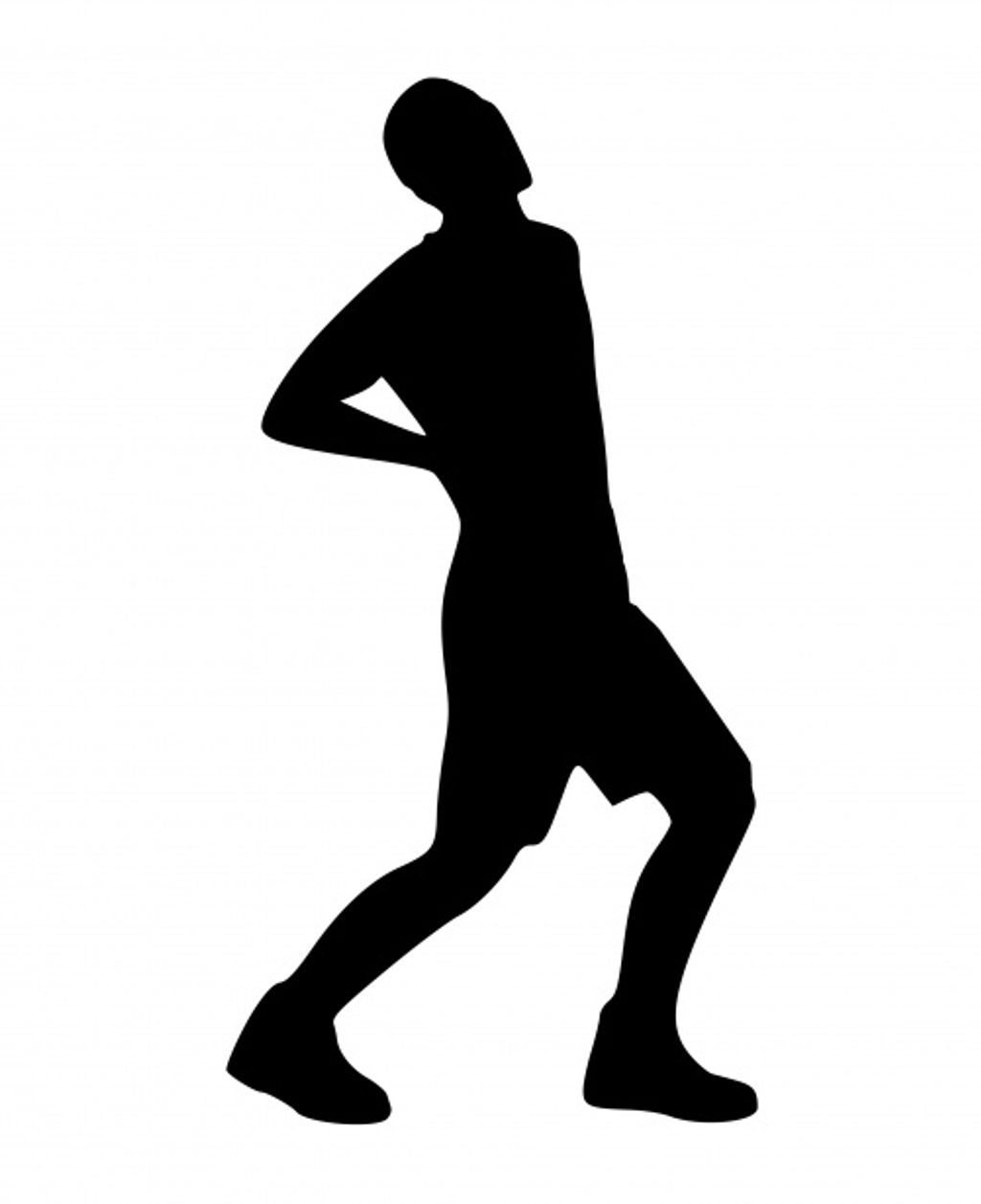
Navigating Discomfort: Innovative Approaches in the Treatment of Pain
Embracing Unconventional Therapies

Exploring Alternative Pain Management Techniques
As we delve into the world of alternative pain management, it's clear that one size does not fit all. Diverse techniques offer a spectrum of relief, catering to individual needs and preferences. From acupuncture to herbal remedies, the options are as varied as the patients themselves.
Acupuncture, for instance, has gained traction for its ability to reduce chronic pain without the side effects associated with conventional medications. Similarly, massage therapy and chiropractic care have shown promising results in alleviating discomfort and improving mobility.
- Acupuncture: Stimulates specific points to relieve pain
- Massage Therapy: Eases muscle tension and promotes relaxation
- Chiropractic Care: Adjusts misalignments to reduce pain
Embracing these unconventional therapies can empower patients to take control of their pain management journey, often leading to improved quality of life.
It's essential to approach these methods with an open mind and a willingness to experiment. What works for one may not work for another, but the potential benefits are too significant to ignore.
The Role of Mind-Body Connection
The mind-body connection in pain management is a powerful ally. Our thoughts, emotions, and psychological state can significantly influence our perception of pain. By harnessing this connection, patients can explore techniques like meditation, deep breathing, and biofeedback to manage their discomfort.
Stress reduction is a key component in this approach. Lowering stress levels can decrease the body's sensitivity to pain, making it a critical target for therapy. Here's a quick rundown of mind-body strategies:
- Mindfulness meditation
- Progressive muscle relaxation
- Guided imagery
- Yoga and Tai Chi
Embracing the mind-body connection isn't just about reducing pain; it's about improving overall well-being and quality of life.
Each of these practices offers a unique pathway to pain relief, emphasizing the importance of a tailored approach. Patients are encouraged to experiment with different techniques to find what works best for them.
Holistic Approaches to Pain Relief
When we talk about holistic approaches to pain relief, we're looking at the person as a whole. It's not just about treating the symptoms, but nurturing the entire body and mind. Lifestyle changes, dietary adjustments, and stress-reduction techniques all play a crucial role in this method.
- Mindfulness and meditation
- Regular physical activity
- Balanced nutrition
- Adequate sleep
- Social support
Embracing a holistic approach means recognizing that our well-being is interconnected. Pain is not just a physical sensation; it's influenced by emotions, diet, lifestyle, and even our social interactions.
Each element of a holistic plan contributes to the overall sense of wellness. While medication and medical interventions are important, they are just one piece of the puzzle. Integrating these practices can lead to a more sustainable and effective pain management strategy.
Revolutionizing Pain Treatment

Innovative Technologies in Pain Management
The landscape of pain management is rapidly transforming with the advent of cutting-edge technologies. Virtual reality (VR), for instance, is no longer just a gaming gimmick but a serious tool in the fight against chronic pain. By immersing patients in a digital world, VR distracts the brain and can significantly reduce pain perception.
Wearable devices are also on the front lines, providing real-time data that helps both patients and doctors understand pain patterns and triggers. This data-driven approach facilitates a more tailored and effective treatment strategy.
- VR Therapy
- Smart wearables
- Pain tracking apps
Embracing these technologies not only offers immediate relief but also empowers patients with a sense of control over their pain management journey.
Personalized Pain Care Plans
In the realm of pain management, the one-size-fits-all approach is becoming a thing of the past. Personalized pain care plans are at the forefront, tailoring treatment to the individual's unique experience of pain. These bespoke plans consider factors like medical history, pain intensity, and personal preferences.
Personalization is key in crafting a plan that not only addresses the pain but also aligns with the patient's lifestyle and goals. Here's a glimpse into what a personalized plan might include:
- Comprehensive assessment of pain sources and triggers
- Customized medication regimen
- Physical therapy exercises tailored to patient's needs
- Psychological support, such as cognitive-behavioral therapy
- Dietary and lifestyle modifications
By empowering patients with a plan that's specifically designed for them, we're seeing improved outcomes and higher satisfaction rates. It's about giving control back to the patient, allowing them to manage their pain on their terms.
Breaking the Mold: Non-Traditional Pain Therapies
When it comes to managing pain, sometimes the beaten path just doesn't cut it. That's where non-traditional therapies come in, offering a breath of fresh air to those who haven't found relief in conventional treatments. Acupuncture, hypnotherapy, and biofeedback are just the tip of the iceberg, each with their own unique way of tackling pain.
Innovation isn't just a buzzword in the realm of pain management—it's a lifeline. These therapies aren't just different; they're game-changers for many patients. Here's a quick rundown of some non-traditional therapies shaking things up:
- Acupuncture: Not just for relaxation, it's a serious contender for pain relief.
- Hypnotherapy: It's all about tapping into the mind's power to heal the body.
- Biofeedback: Patients learn to control bodily processes that are normally involuntary.
Remember, the goal isn't to replace traditional medicine, but to complement it. These therapies can offer new avenues for relief when combined with conventional treatments.
While these therapies may not be the standard, they're certainly making waves in the world of pain management. It's all about finding the right fit for each individual, and sometimes, that means thinking outside the box.
Empowering Patients in Pain Management

Patient-Centered Approaches to Pain Relief
In the realm of pain management, the shift towards patient-centered care is more than just a trend—it's a revolution in empathy and effectiveness. Patients are now seen as partners in their own care, actively involved in the decision-making process. This approach not only honors their unique experiences but also leverages their insights to tailor treatments that truly resonate with their needs.
- Understanding the patient's personal pain history
- Considering the patient's lifestyle and preferences
- Collaborating on treatment goals and expectations
By focusing on the individual rather than the ailment alone, we're seeing a surge in patient satisfaction and outcomes. It's about giving patients the reins to navigate their journey through pain, with medical professionals acting as the compass rather than the driver.
Educating Patients on Self-Management
Empowering patients with the knowledge to manage their pain can be a game-changer. Education is key in helping individuals understand their conditions and the self-management techniques that can alleviate discomfort. By providing resources and guidance, patients can take an active role in their pain management journey.
One crucial aspect is teaching patients about pain triggers and how to avoid or cope with them. This might include:
- Recognizing early signs of pain
- Understanding the impact of stress and emotions
- Identifying lifestyle factors that exacerbate pain
It's not just about handing out pamphlets; it's about engaging in meaningful conversations that equip patients with practical tools for daily life.
Finally, encouraging a routine of self-care practices can foster a sense of control and improve overall well-being. This includes regular exercise, proper nutrition, and adequate sleep. Tailoring this advice to each individual's needs and limitations is essential for it to be effective.
Supporting Patients in Lifestyle Modifications
When it comes to managing pain, the power of lifestyle changes cannot be overstated. Supporting patients in making these modifications is crucial for long-term relief and well-being. Simple shifts in daily habits can lead to significant improvements in pain levels.
One key aspect is the diet. What we eat can either exacerbate or alleviate pain. Encouraging patients to incorporate anti-inflammatory foods into their meals can be a game-changer. Here's a quick guide:
- Fruits and Vegetables: Rich in antioxidants and phytochemicals
- Whole Grains: High in fiber, which can reduce inflammation
- Lean Proteins: Essential for muscle repair and recovery
- Healthy Fats: Such as omega-3 fatty acids found in fish and flaxseeds
Remember, small steps can lead to big changes. Encouraging patients to start with one dietary change at a time can make the process less overwhelming and more sustainable.
Physical activity is another pillar of lifestyle modification. Regular exercise, tailored to the patient's abilities and pain level, not only strengthens the body but also releases endorphins, the body's natural painkillers. However, it's important to strike a balance to avoid overexertion, which can lead to increased pain.


